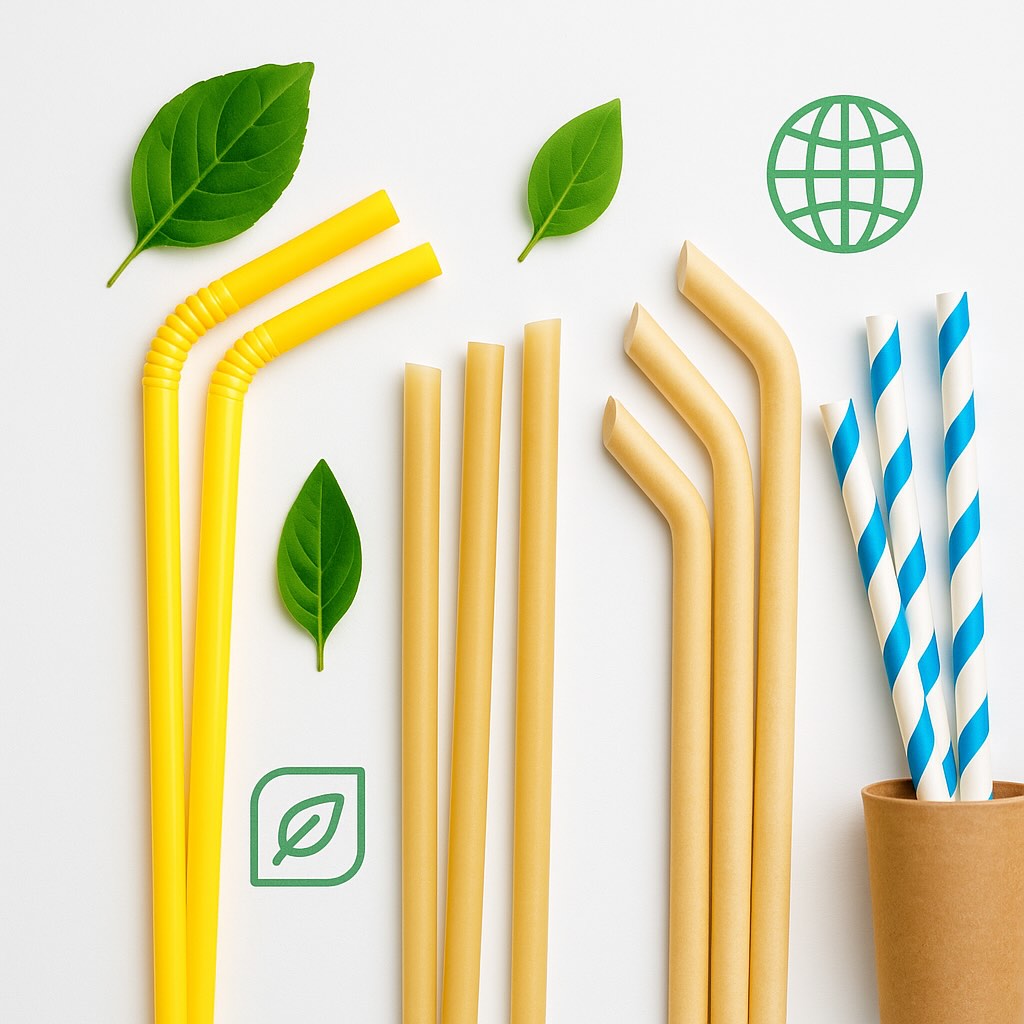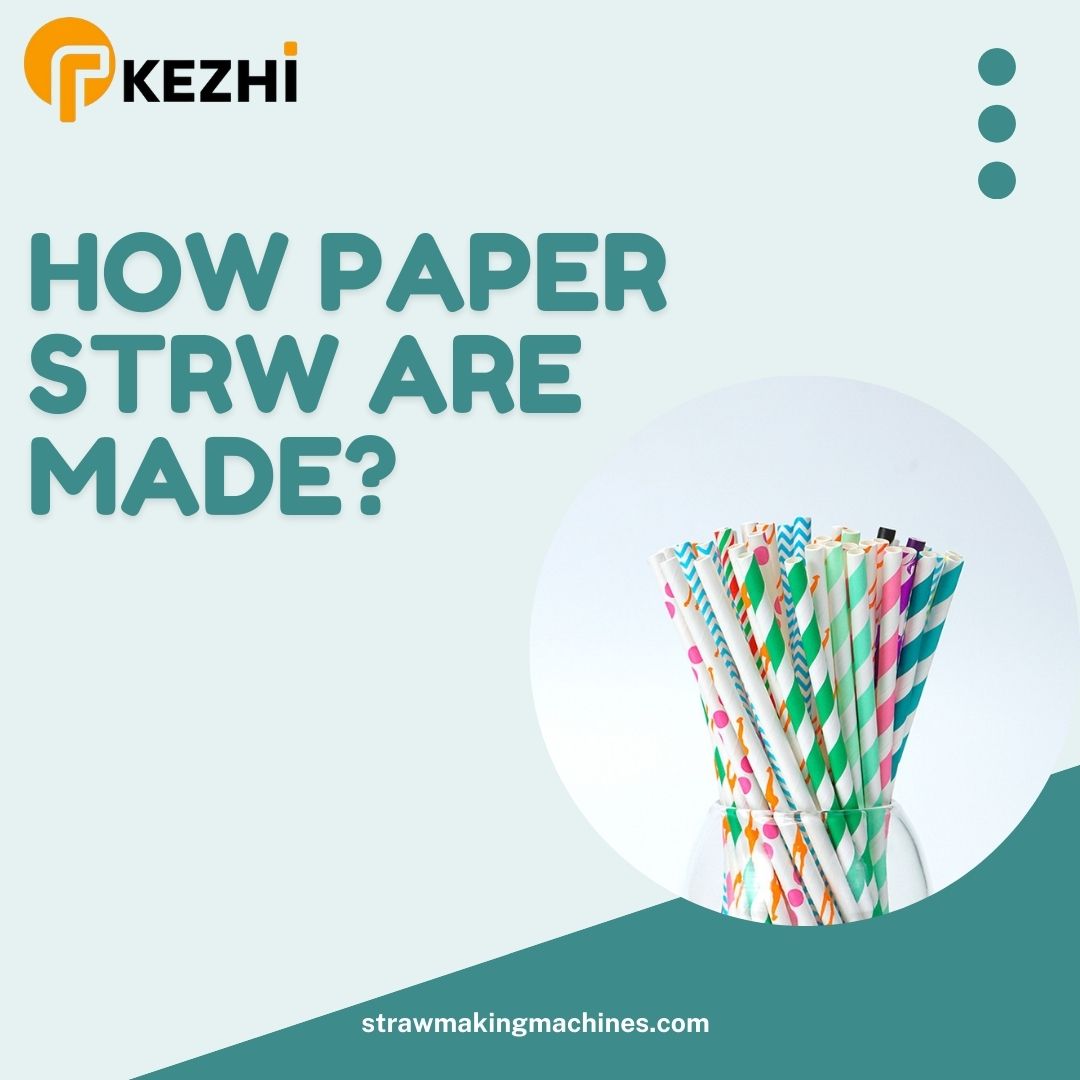Ներածություն
As the world grapples with plastic pollution, consumers and companies are on the hunt for sustainable alternatives to plastic products. Straws, though small, represent a major environmental problem due to their disposability and difficulty in recycling. Two materials are now leading the eco-friendly straw movement: PHA (polyhydroxyalkanoate) and PLA (polylactic acid). Both offer biodegradable solutions, but how do they differ, and which is better for the planet? Let’s explore.
- Ներածություն
- What Are PHA Straws?
- How PHA Is Produced
- What Are PLA Straws?
- How PLA Is Produced
- Environmental Impact of PHA Straws
- Environmental Impact of PLA Straws
- Production Processes of PHA and PLA
- Raw Materials and Carbon Footprint
- Durability and Usability
- Cost Comparison: PHA vs. PLA Straws
- Consumer Preferences
- Advantages of PHA Straws
- Advantages of PLA Straws
- Disadvantages of PHA Straws
- Disadvantages of PLA Straws
- Which Straw Is More Sustainable?
- Եզրակացություն
- ՀՏՀ-ներ
What Are PHA Straws?
PHA straws are made from polyhydroxyalkanoate, a biopolymer naturally produced by microorganisms. This makes it a truly biodegradable option. PHA is synthesized through bacterial fermentation of sugars or lipids, resulting in a plastic-like material that breaks down easily in various environments, including marine ecosystems.
How PHA Is Produced
PHA is produced through a microbial process where certain bacteria feed on organic materials like vegetable oil. During this process, these bacteria store the material in the form of polyhydroxyalkanoates. Once the fermentation is complete, the PHA is extracted and processed into bioplastic products like straws.
What Are PLA Straws?
PLA straws, on the other hand, are made from polylactic acid, which is derived from fermented plant starches like corn or sugarcane. PLA is also biodegradable but requires specific conditions to break down effectively.
How PLA Is Produced
The production of PLA involves fermenting plant-based sugars into lactic acid, which is then polymerized into polylactic acid. PLA is a bioplastic, but it’s less flexible in its biodegradability compared to PHA, as it needs industrial composting conditions to degrade properly.
Environmental Impact of PHA Straws
PHA straws shine when it comes to environmental impact. They are compostable in natural environments, including oceans and soil. Unlike PLA, PHA doesn’t require specialized composting facilities to break down, making it an ideal solution for single-use items like straws. PHA also biodegrades without leaving behind microplastics, which is a significant win for marine life.
Environmental Impact of PLA Straws
PLA straws, while also biodegradable, need specific industrial composting conditions to break down efficiently. This means they won’t degrade in a backyard compost or ocean environment as easily as PHA straws. Moreover, if PLA straws end up in landfills, they may not decompose due to the lack of the required conditions.
Production Processes of PHA and PLA
Both PHA and PLA come from renewable resources, but their production methods differ. PHA is made using bacterial fermentation, which, while natural, is currently more resource-intensive. PLA, derived from corn starch or sugarcane, has a simpler production process, but it relies on agricultural production, which can have environmental costs like water usage and pesticide application.
Raw Materials and Carbon Footprint
PHA is produced from natural oils and sugars, and while it offers great environmental benefits, its production process requires more energy. On the other hand, PLA uses crops that are widely available and generally cheaper, but the agricultural methods used can increase its overall carbon footprint.
Durability and Usability
In terms of durability, both PHA and PLA straws perform similarly, although PHA has a slight edge in terms of flexibility and heat resistance. PHA straws can withstand hotter liquids without losing their shape, whereas PLA straws tend to soften in high temperatures, making them less ideal for hot beverages.
Cost Comparison: PHA vs. PLA Straws
Currently, PHA straws are more expensive than PLA straws. This is primarily due to the more complex fermentation process required to produce PHA. However, as technology improves and production scales up, the cost of PHA is expected to decrease. PLA, being easier to produce and already in widespread use, is currently the more economical choice.
Consumer Preferences
When it comes to consumer preferences, many people are leaning towards PHA straws for their superior environmental credentials. However, due to the cost, PLA remains the more widely available option in most markets. As awareness grows, consumers may be willing to pay a premium for PHA straws, especially in environmentally-conscious communities.
Advantages of PHA Straws
1. True Biodegradability: PHA breaks down naturally in environments like oceans and soil without leaving harmful residues.
2. Marine Safe: These straws degrade in aquatic environments, reducing the risk to marine life.
3. No Fossil Fuels: PHA doesn’t rely on petroleum, making it a truly renewable resource.
Advantages of PLA Straws
1. Cost-Effective: PLA is cheaper to produce, making it more affordable for consumers and businesses.
2. Familiarity: PLA straws have been around longer, making them more accessible and widely used.
3. Versatile Use: PLA is used in many industries, not just for straws, making its production more scalable.
Disadvantages of PHA Straws
1. Higher Production Cost: The fermentation process for PHA is expensive, making these straws less affordable for the average consumer.
2. Limited Availability: PHA straws are not as widely available as PLA straws, limiting their reach.
Disadvantages of PLA Straws
1. Requires Industrial Composting: PLA won’t break down in a natural environment as PHA does, making it less eco-friendly in practice.
2. Not Marine Biodegradable: PLA straws can persist in the ocean, potentially harming marine life.
Which Straw Is More Sustainable?
When it comes to sustainability, PHA straws have the upper hand because they biodegrade in both terrestrial and marine environments. PLA straws, while beneficial in some cases, fall short when they end up in environments where proper composting facilities are unavailable.
Եզրակացություն
Choosing between PHA and PLA straws depends on your priorities. If you’re looking for the most environmentally friendly option, PHA is the clear winner due to its superior biodegradability and lower impact on marine ecosystems. However, PLA straws remain a more accessible and cost-effective choice in many regions.
ՀՏՀ-ներ
1. Are PHA straws safe for marine life?
Yes, PHA straws are biodegradable in marine environments and pose no threat to marine life.
2. Do PLA straws require industrial composting?
Yes, PLA straws need specific conditions found in industrial composting facilities to decompose properly.
3. Which straw is better for hot beverages?
PHA straws are better suited for hot beverages as they can withstand higher temperatures without losing shape.
4. Why are PHA straws more expensive?
PHA straws are more expensive due to the complex fermentation process required to produce them.
5. Can I compost PLA straws at home?
No, PLA straws need industrial composting facilities to break down efficiently.






